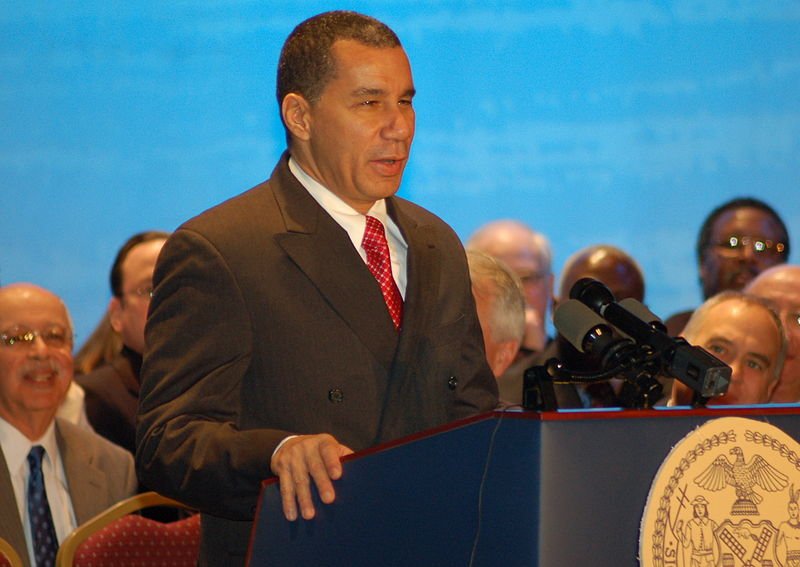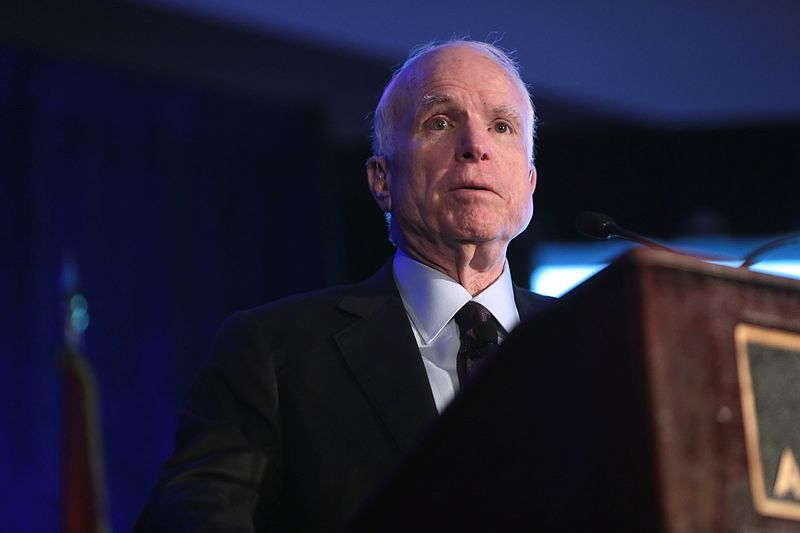The Evolution
In many ways, the biggest knockout punch in MMA history didn’t come from Randy Couture, Tito Ortiz, Chuck Liddell, or any other of the sport’s biggest names, but from a United States senator. In 1996, Senator John McCain condemned the sport as “human cock-fighting” and sent letters to all 50 governors, urging them to ban MMA events in their states. McCain’s plea worked to a considerable degree as 36 states enacted bans, and the UFC nearly went out of business. However, in a 2007 interview with National Public Radio, McCain changed his tune, offering reserved praise for MMA. “They have cleaned up the sport to the point, at least in my view, where it is not human cockfighting any more. I think they’ve made significant progress. They haven’t made me a fan, but they have made progress,” said McCain.
McCain isn’t the only former opponent of MMA who has changed his tune. Two men who helped enact the ban in New York have recently switched sides. Former New York state athletic commissioner Randy Gordon wrote an op-ed article in the New York Daily News last November advocating the legalization of the sport he once referred to as a “street fight minus the beer bottle.” One week before the unveiling of Paterson’s latest budget, former New York governor George Pataki announced his support for lifting the ban which he had signed into law in 1997. Pataki, who had once decried the sport as “barbaric,” pointed to the increased regulation and oversight of MMA, as well as improvements in training and treatment of fighters, as the reasons for his change of heart.
In order to move towards the mainstream, the UFC had to break with its past. Originally, there were no judges, no time limits, and anything short of a shot to the groin was allowed. In fact, “There are no rules!” was the tagline for the very first UFC pay-per-view event in 1993. That changed in 2000 when the New Jersey State Athletic Commission drafted the “Mixed Martial Arts Unified Rules,” which established uniform standards regarding match-length, judging, acceptable fight gear, and, most importantly, fouls. Some of the rules are similar to boxing, such as judging and scoring, however the weight classes differ (the welterweight limit in boxing is 147 pounds, but in MMA it’s 170 pounds). The changes were made, in part, to give the sport some respectability but also to make the matches more entertaining. During the UFC’s infancy, it wasn’t uncommon for fighters to lie on top of one another for nearly half-an-hour, or avoid contact completely as was the case in the infamous Dan Severn vs. Ken Shamrock fight in 1996 when both men circled each other for almost 30 minutes while audience members fought the urge to either go to sleep or leave.
New Jersey had never banned MMA, but had been unwilling to sanction MMA events until the United Rules were drafted. In November 2000, the state athletic commission sanctioned a UFC event for the first time, and the Unified Rules were soon adopted by Nevada. As a result of the Unified Rules, many states lifted their bans on MMA. The UFC, which has long dreamed of holding events in Madison Square Garden, has undertaken a massive lobbying effort to try and lift the ban in New York. Surprisingly, another former opponent of MMA is leading the charge.


